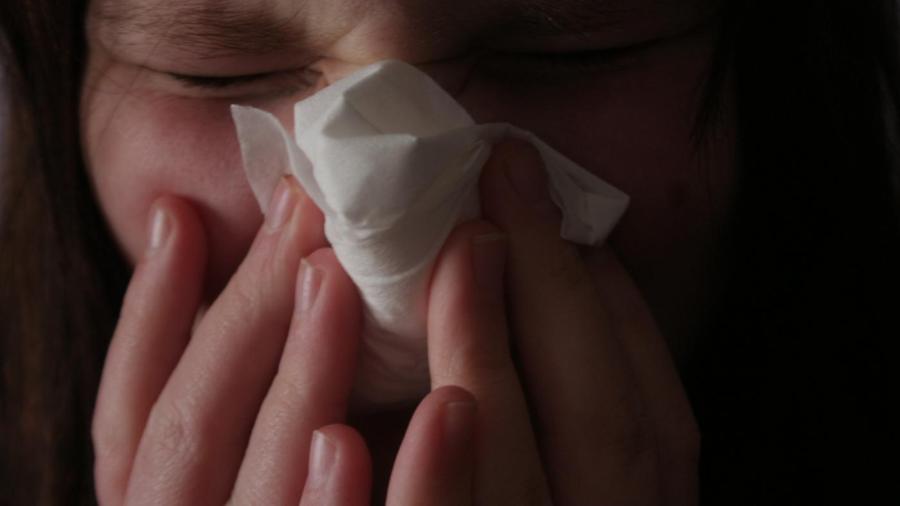Why Are Boogers Green?

Nasal mucus, sometimes colloquially known as “boogers” or “snot,” becomes green when the immune system sends neutrophils to the nasal passages. Neutrophils are white blood cells that contain a green-tinged enzyme. If these cells arrive in the nasal passages in large enough numbers, they color the nasal mucus green.
Despite the common misconception that green mucus signals an infection, the green tinge is not caused by the virus or bacterium itself. Viral infections tend to produce clear mucus in the nasal passages. The mucus turns green as the body starts to respond to the presence of the virus by sending white blood cells to fight it. Within one to three days of this response, nasal mucus typically thickens and becomes green or yellow.
The presence of green mucus does not mean that treatment, particularly with antibiotics, is needed. Viral infections do not respond to antibiotics. Furthermore, the presence of green mucus indicates that the body’s immune system is already at work battling the infection. Green-colored mucus can last for days or weeks after an infection has run its course because the white blood cells continue to drain away. Antihistamines, decongestants and expectorants are useful for reducing the prevalence of thick mucus.





